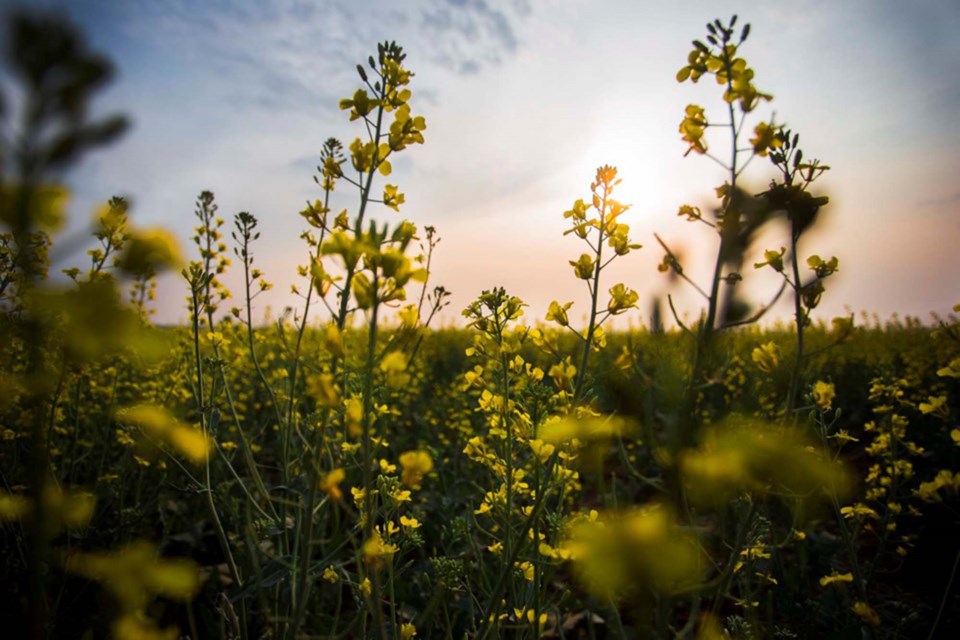A dry winter across southern Alberta is concerning for agriculture producer groups in the province.
Over the winter the province saw less precipitation and snow pack than years past, and southern Alberta is currently seeing dry conditions, said Brian Proctor, meteorologist at Environment and Climate Change Canada.
“Having come off some years where we have been dry across the south, it really is likely to exacerbate the drought problem,” Proctor said.
Much of the southern half of the grain belt is coming off a dry summer in 2021 and with low precipitation through the winter it could impact fire season and the growing season, Proctor said.
The long-term forecasts for the province through spring suggest a continuation of the cooler-than-normal conditions and sometimes this weather brings precipitation with it, but there won't be copious amounts of moisture falling in southern Alberta, Proctor said.
“We need to be aware of what's going on, listen to what the agriculture experts are saying as we start moving into spring,” Proctor said.
In areas of central and southern Alberta there has been anywhere from 20 millimetres less precipitation than an average year, but up to 65 millimetres less in some areas of the southern-most parts of the province, between November and March.
The lack of precipitation has caused moderate to extreme drought conditions in much of the province south of Edmonton as of Feb. 28.
“The lack of moisture, if it continues, is going to have a significant impact on agriculture, for sure,” Proctor said.
Ward Toma, general manager for the Alberta Canola Producers, said conditions are dry in the south right now because of the lack of snow.
“That being said, farming in the Prairies, and especially in the southern Prairies, really relies on in-season rain to make it happen,” Toma said.
Snow is really good with soil reserves and can help with later-season droughts and heat waves, Toma said, and it is always good to have those high soil-moisture reserves.
“The southern part of the province is probably in a really hard spot and doesn't have a lot of reserves,” Toma said, adding that could be difficult for livestock producers.
But from a cropping standpoint, Toma said the crops are made from spring rains and the soil reserves can help get through heat waves and tougher times later in the season.
“So it’s a concern, but the crop hasn’t been lost quite yet,” Toma said.
“Having some moisture is going to be the real key to making things happen.”
While dry weather is a concern, Toma said farmers in southern Alberta have experience managing the dry conditions.
“It’s not like they’ve never faced this before, and they do have an idea about how to address it on their farm and [how their] farm is going to do it differently,” Toma said.
Last year, farms across Alberta battled severe droughts and faced significantly lower yields, around 37-per-cent lower than the average year, except for malting barley and oats.
The heat wave in July, which saw temperatures soar above 40 C across the Prairies, fried and dried out almost all crops in the province.
In southern Alberta, conditions for the year started off bad and quickly got worse, with little snowfall in the winter leaving the start of the planting season already dry. The heat wave dried out any moisture left in the soil and producers were left with little crop for harvesting.




